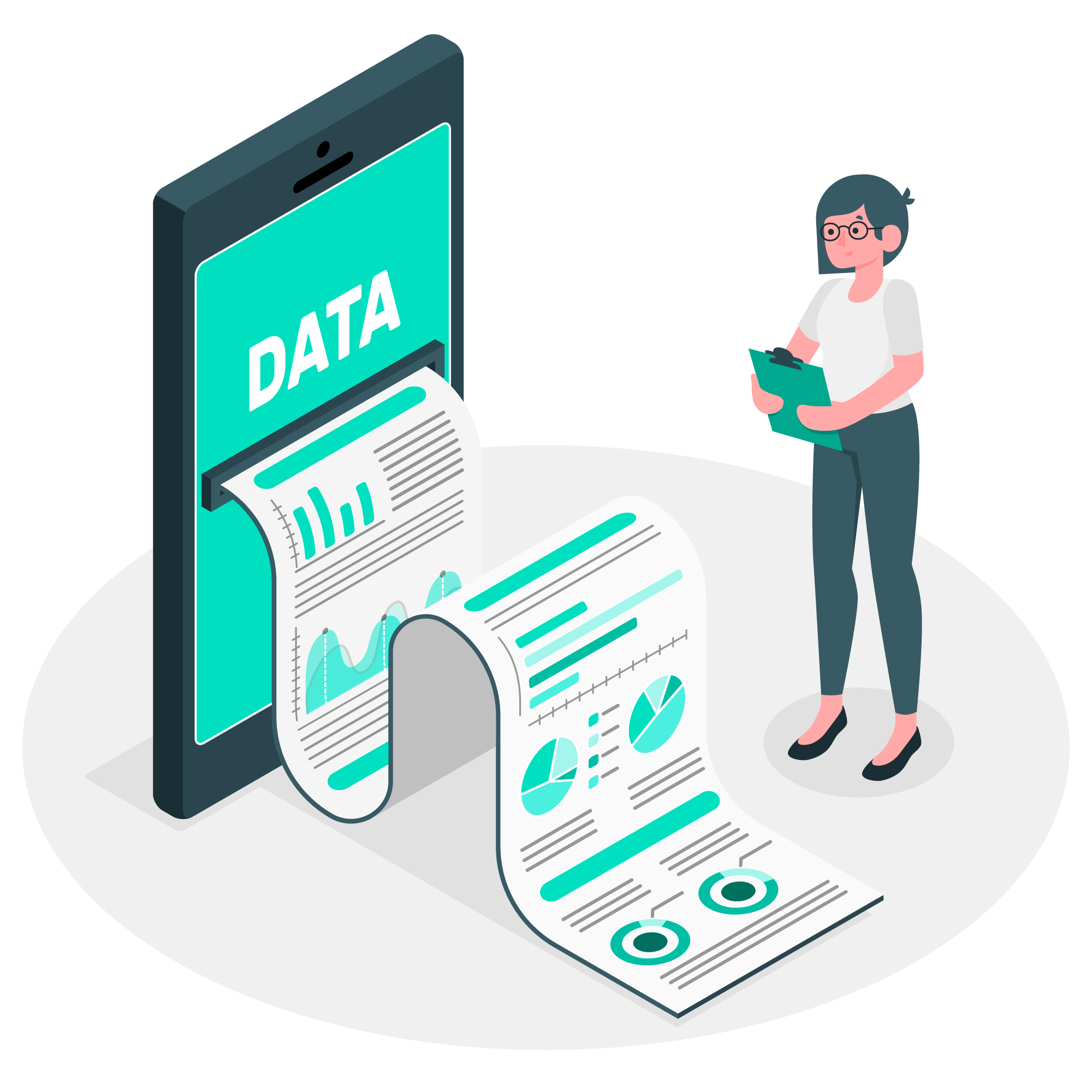Data profiling is the process of reviewing source data, understanding structure, content and interrelationships, and identifying potential for data projects.
Data profiling is a crucial part of:
- Data warehouse and business intelligence (DW/BI) projects—data profiling can uncover data quality issues in data sources, and what needs to be corrected in ETL.
- Data conversion and migration projects—data profiling can identify data quality issues, which you can handle in scripts and data integration tools copying data from source to target. It can also uncover new requirements for the target system.
- Source system data quality projects—data profiling can highlight data which suffers from serious or numerous quality issues, and the source of the issues (e.g. user inputs, errors in interfaces, data corruption).

Data profiling involves:
- Collecting descriptive statistics like min, max, count and sum.
- Collecting data types, length and recurring patterns.
- Tagging data with keywords, descriptions or categories.
- Performing data quality assessment, risk of performing joins on the data.
- Discovering metadata and assessing its accuracy.
- Identifying distributions, key candidates, foreign-key candidates, functional dependencies, embedded value dependencies, and performing inter-table analysis.
Types of data profiling
There are three main types of data profiling:
Structure discovery
Validating that data is consistent and formatted correctly, and performing mathematical checks on the data (e.g. sum, minimum or maximum). Structure discovery helps understand how well data is structured—for example, what percentage of phone numbers do not have the correct number of digits.
Content discovery
Looking into individual data records to discover errors. Content discovery identifies which specific rows in a table contain problems, and which systemic issues occur in the data (for example, phone numbers with no area code).
Relationship discovery
Discovering how parts of the data are interrelated. For example, key relationships between database tables, references between cells or tables in a spreadsheet. Understanding relationships is crucial to reusing data; related data sources should be united into one or imported in a way that preserves important relationships.
